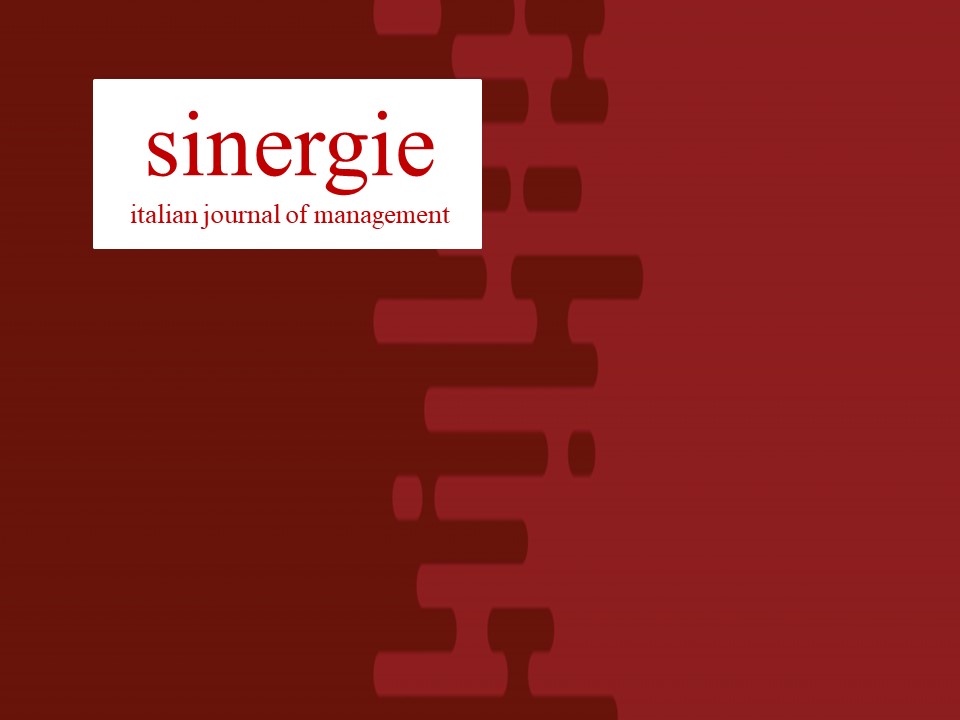L'internazionalizzazione invisibile. La nuova geografia dei distretti e delle filiere produttive
In a global economy, a great part of internationalization is becoming invisible. Our eyes, and current statistical data, look at import and export flows (commerce) or at direct investments abroad. But the main stream of globalization is pushed ahead by knowledge flow, which are moved by science, education, technology, mass media, Internet, design, arts, and the life styles of fashion and culture. Knowledge flow can be or not embodied in material goods, as machines, components, final products. And can be or not associated to capital movements. The propagations channels of knowledge are supplied by some form of network – cognitive networks or business chains – that connect knowledge producers and users. Italian economy is rich of local networks of small firms in industrial districts, and can preferably use networked (invisible) organization also to establish foreign links, alliances and contracts of its international division of labour. In fact, many medium-size firms of Italian industrial districts, that have adopted the model of open network as organizational form in their activities abroad, have achieved an invisible level of internationalization, greater than the appearance. On the other side, a small supplier that is working in one of these trans-national supply chains, is forced to adapt its product and behaviour to the new situation. Hence, local producers too are slowly adopting international standards of efficiency and technology, even if they are not directly exporting or making investments abroad. These, and other invisible changes, are preparing Italian firms to the requirements of new, invisible internationalization.


